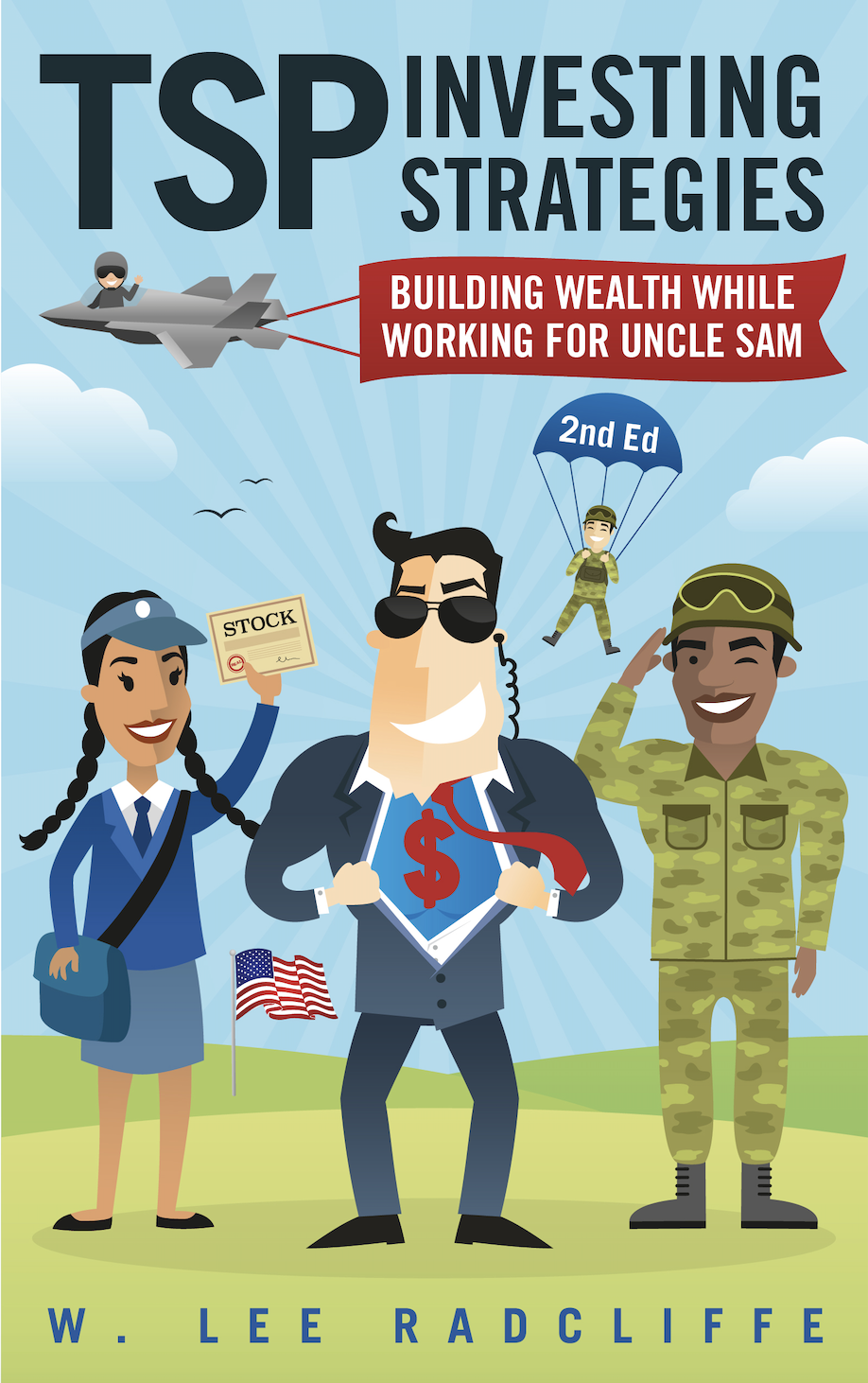A Tale of Two C Fund Stocks
November 26, 2012
As readers know, the C Fund is based on the S&P 500 index and consists of the common stock of 500 largest publicly traded US companies. The C Fund has declined a bit of late, but nothing like some of the stocks of individual companies in the index.
The C Fund hit a high of $18.40 on September 14th, before it started to trend downward ahead of the early-November election. It then dropped to $17.13 on Friday November 16th, which was about a 7% decline from its highs.
Compare this to the fund’s largest holding, Apple. That company reached a high of $705 in mid-September, but it fell to around $526 by Friday the 16th. That was a decline of about 25% in two months.
Another company whose stock has hit hard times is Monster Beverage Corporation, which was recently added to the S&P 500/C Fund. Its stock hit a high of $83.96 in mid-June but has fallen to around $45 on the 16th. That was a decline of about 45% over the past five months.
$10,000 invested in each of these companies at the height of their value would have been worth $7,500 and $5,500 respectively on November 16th. But if an individual had invested in the C Fund instead (not the individual companies), her original $10,000 investment in the C Fund would have been worth about $9,300, assuming no additional investments since it reached its highs. (For a strategy on how to invest as TSP funds fall, see TSP Investing Strategies: Building Wealth While Working for Uncle Sam.)
The above example points to the relative impact companies can have on various stock funds. Apple is the largest holding in the C Fund, so a decline (or increase) in its stock price will have a more noticeable impact on the fund itself. At almost 5% of the C Fund at its peak, a fall of 25% in the value of Apple stock would decrease its percentage holding in the C Fund to below 4%, assuming all other holdings remained unchanged. And indeed, on November 15th, Apple made up about 4.06% of the C Fund (other stocks in the C Fund fell too, so the total holding of Apple in the C Fund still remained above 4%).
Monster, on the other hand, is a much smaller holding in the C Fund, representing about 0.06% of holdings as of November 16th. Even if Monster were to go bankrupt, the most the C Fund would lose is 0.06%.
The C Fund holds different amounts of the two companies because Apple enjoys vastly superior revenue than Monster Beverage. Monster earned $2 billion in revenue through the end of September 2012, while Apple earned $156 billion. It stands to reason, then, that investors would want to own more of companies that earn more in revenue – and ultimately in profit – in an index fund than those that do not earn as much. This is the case in the S and I Funds as well.
Thus, even though some individual stocks like Apple might go up more than the C Fund (or the S or I Funds), they can also fall more quickly. Individual companies can also go bankrupt, causing investors to lose most or all of their investment in the individual bankrupt company. This is not the case for investment funds such as the TSP stock funds, because it is absolutely impossible that all the companies in the funds will go bankrupt at the same time.
The C Fund has recovered a bit since the 16th, closing at $17.76 on November 23rd – an increase of about 3.5%. Apple rose over the Thanksgiving week too, closing at $571, up about 9% from its recent lows. Monster Beverage, on the other hand, barely budged and hovers at just under $46. Because Apple makes up a larger percentage holding of the C Fund, its increase of 9% significantly aided the C Fund’s 3.5% increase over the past week.
Many other companies also aided the C Fund’s increase in value over the past week, but Monster Beverage was not one of them. Its stock price barely budged, and it is also held in smaller proportion compared to Apple.
Neither the C Fund nor Apple or Monster has recovered their September highs, however, and all the TSP stock funds still face significant hurdles over the coming weeks. Ultimately, only a solidly recovering economy free of fiscal concerns will cause the TSP stock funds to increase significantly from their current valuations.
Related topics: c-fund